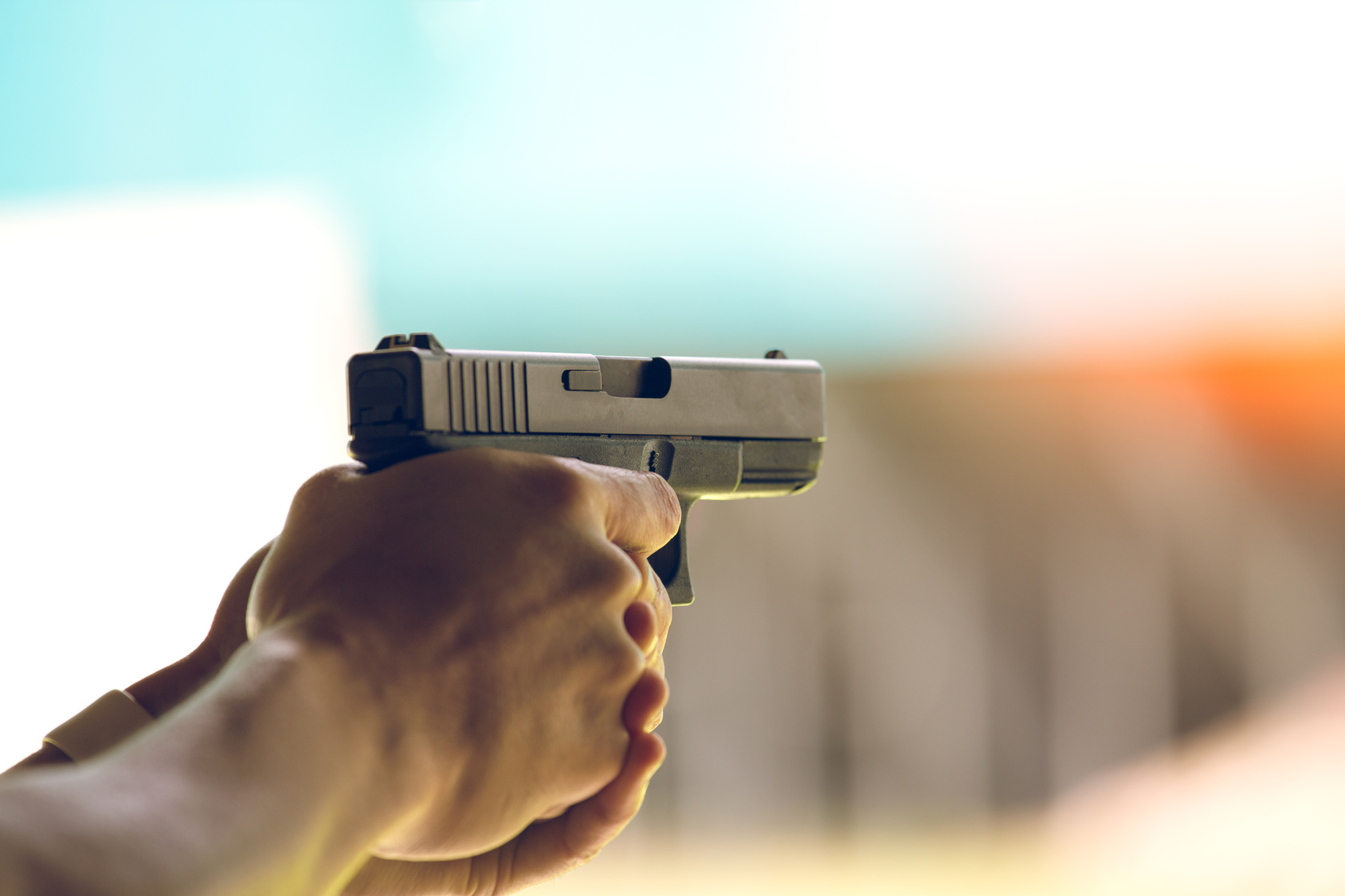
November 2009
Among a long list of issues facing the American public, guns are third only to gay marriage and abortion in terms of people who report that they are ‘‘not willing to listen to the other side.’’
In concert with this cultural rift, scholarly discussion over guns has been similarly contentious. Although scholars and the public agree that the roughly 100000 shootings each year in the United States are a clear threat to health, uncertainty remains as to whether civilians armed with guns are, on average, protecting or endangering themselves from such shootings. Several case–control studies have explored the relationship between homicide and having a gun in the home, purchasing a gun, or owning a gun. These prior studies were not designed to determine the risk or protection that possession of a gun might create for an individual at the time of a shooting and have only considered fatal outcomes. This led a recent National Research Council committee to conclude that, although the observed associations in these case–control studies may be of interest, they do little to reveal the impact of guns on homicide or the utility of guns for self-defense. However, the recent National Research Council committee also concluded that additional individual-level studies of the association between gun ownership and violence were the
most important priority for the future. With this in mind, we conducted a population-based
case–control study in Philadelphia, Pennsylvania, to investigate the relationship between being
injured with a gun in an assault and an individual’s possession of a gun at the time. We included
both fatal and nonfatal outcomes and accounted for a variety of individual and situational confounders also measured at the time of assault.